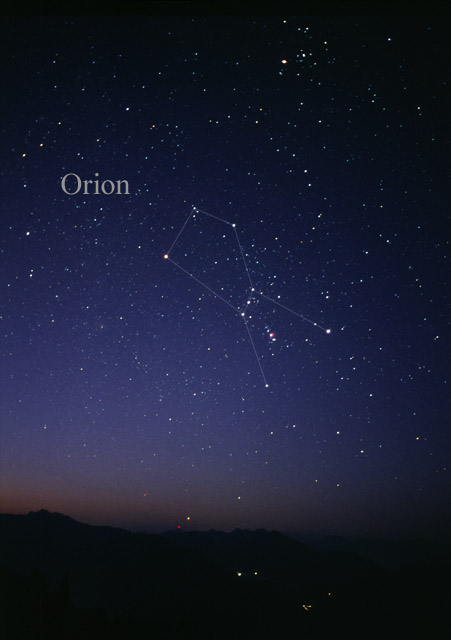BY HARRY WEEKES
At some point in November the first ones appear—trees lit up for the coming holiday season that runs from before Thanksgiving well into the new year. As singles, in clumps, or in rows; from people’s houses, to adorning turnoffs, to lighting up Main Street; in cool whites, to warm and subtle yellows, to strands of alternating colors, the lights of winter emerge. This emergence matches and marks a seasonal shift; suddenly, it is consistently colder and, if we are lucky, there is snow.
As fall turned to winter, there was another set of lights hung consistently across the sky—the great twinkling blanket of stars.
There are many joys of walking in the dark. I am followed by or trudge into hooting owls. If I stop a moment and listen, I can hear the murmur of ducks on the pond. On those mornings when it is snowing, flakes land and melt on my cheeks in an instant of sparkling cold. And on that blanket of snow, crisscrossing tracks let me know that I am not alone in my nocturnal amblings.
And, of course, there are the stars. I rarely go a week without seeing shooting stars that range from brief flashes to great arcs that seem to crackle. Something atmospheric happens as the cold settles in. The sky color deepens to a blue and purple that at once highlights its profound depth and also appears impenetrable. It reminds me of looking into one of our alpine lakes—clear, cold, still.
Within this backdrop are embedded the stars, which on certain mornings twinkle and dance exactly how you would expect from giant balls of fire.
Part of my walk has me moving west. The shadowy silhouette of mountains is the ground above which the stars play. In early winter, Orion, with his Great Dog, leaned into what I later learned was Jupiter—the three celestial entities filling the sky. The stars and planet glowed. They burned. They leapt.
The sight was literally arresting.
I stopped and stared. Sirius blazed on the chest of the Dog. It seemed to cycle through a variety of colors that made me think that I had been confused and was actually looking at the lights on a plane—red popped up, then blue, then white.
In the silence of morning, sometimes, thoughts sound like they are spoken allowed. “What is going on?” I asked as clearly as if I had said it. I stood and marveled at what can only be called the piercing clarity of the sky. Too big to see at once, I scanned back and forth, across the Dog, through the belt of Orion, and out toward Jupiter. Back and forth, jumping from star to star, marveling at what Michael Branch called the “world-within-a-world that is night.”
Across the mornings, the sky held. There is a chance I came to the end of the week knowing a bit more—that the planet was Jupiter, that the Greeks called Sirius Sirius because that’s the word that means sparkle (of course it does).
If knowing is a kind of end product, learning is the journey. The stars—the winter lights (and spring and summer and fall, too)—hang there, a reminder, an invitation to learn perhaps one of the greatest lessons of wonder, that it is expansive. If we just take a moment to look: at rabbit tracks bounding into the sage, at the dinosaur footprints of a magpie, or at the winter lights strewn across the sky. Wonder is everywhere. And it twinkles.
Harry Weekes is the founder and head of school at The Sage School in Hailey. This is his 53rd year in the Wood River Valley, where he lives with Hilary and two mini-Dachshunds. The baby members of their flock have now become adults—Georgia and Simon are fledging in North Carolina, and Penelope is fledging in Vermont.



